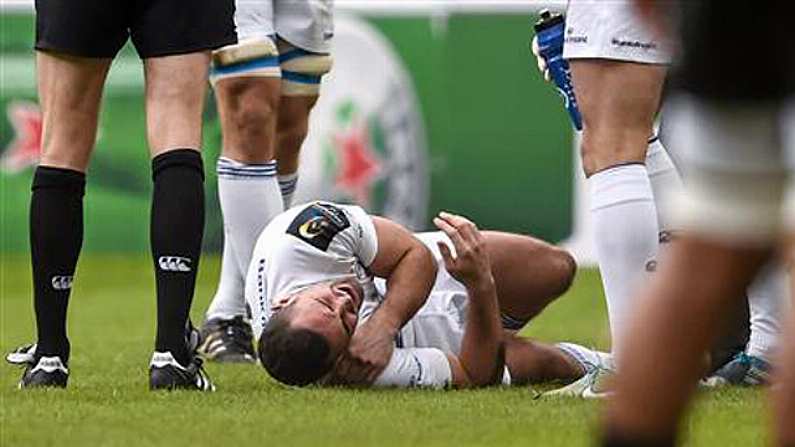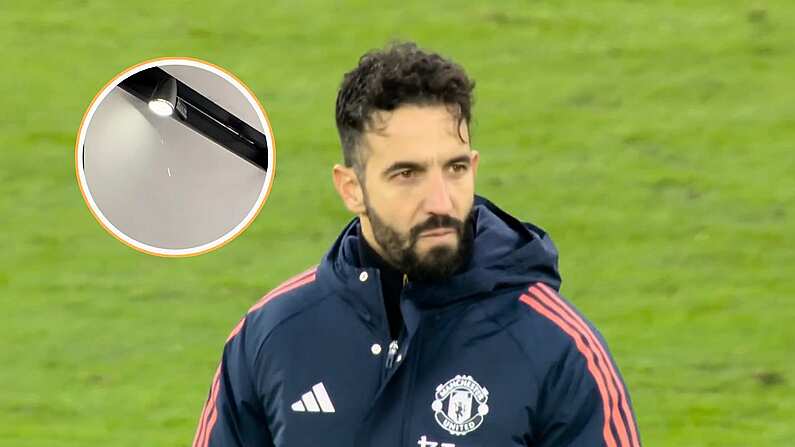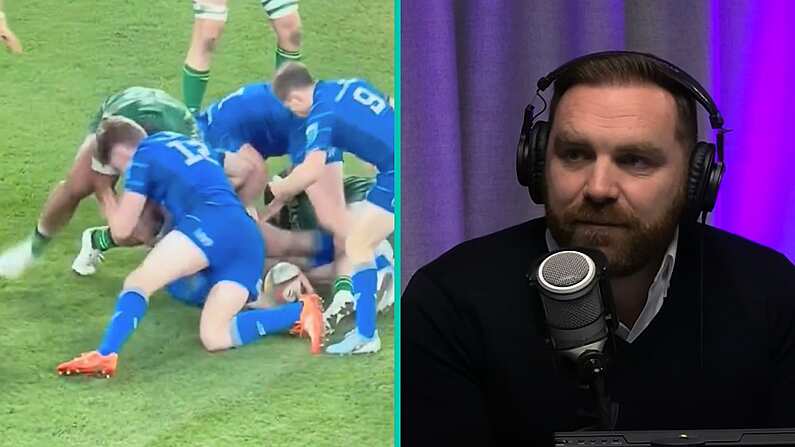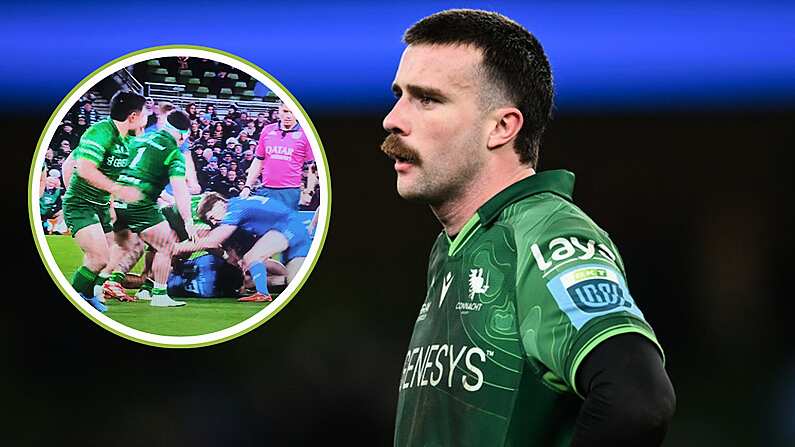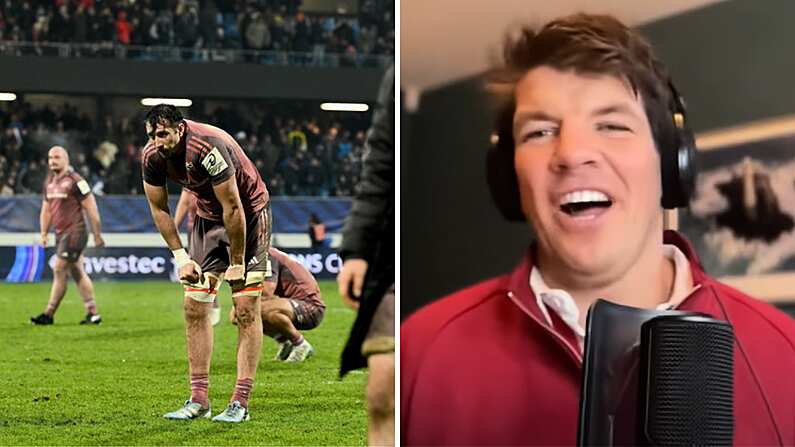Let me start of by saying that I have huge respect for Alan Quinlan, both as a player and as a pundit. I admired the intelligence 'Quinny' displayed on a rugby pitch, and the insight he is able to provide both on tv and in his columns.
Quinlan's column last Wednesday looked at the Ashley Johnson yellow card and claimed referee Jerome Garces showed common sense when choosing not to send him off. It's a very well articulated piece with some good points, but ultimately this debate about dangerous tackles is necessary for the sport of rugby to develop.
@IrishTimesSport so effectively what you're saying is dangerous play that isn't intentional should be accepted and consequence free!?
— Rob Kearney (@KearneyRob) January 28, 2015
The number of potentially dangerous acts in rugby appears to be increasing, and World Rugby is doing a great job of attempting to counteract this with sanctioning. When O'Driscoll was spear-tackled in 2005, a law came in banning tackles that go above the horizontal, for example.
The Dave Kearney incident is nearly identical to the Jared Payne red card the previous year, just after World Rugby handed down directives to focus on how the tackled player lands, not what the tackler does.
In his column, Quinlan reflects on the two incidents and claims, especially with the same referee in place, that the same outcome should have resulted. Which makes sense. Except that the two incidents aren't the same.

Johnson’s shoulder charge was clumsy and stupid. He wasn’t deliberately trying to take a player out in the air.
Here's where I disagree with Quinlan. At no point in the incident does Ashley Johnson ever look at the ball. He is solely focused on tackling his man - Dave Kearney. He doesn't take his eye of Kearney once, and yet he plows straight into his feet and takes him out. It was reckless and what's worse is that Johnson has absolutely no control over what happens to Kearney.
World Rugby dictates that the referees should have to look at how the player lands, but I think that's wrong. Look at how much control the tackler has over how the tackled player lands.
If the defender has no control over how the other player is falling in the air then he shouldn't be lifting him. At the same time, if the tackler has control and tackled player still lands on his head/neck then you'd have to assume intent to injure. It covers all bases, and eradicates all tackles in the air.
Bad ones are punished, good tackles - in which a player lands safely with control - should allow the play to continue.
Swift hard punishment is the only way to stop this from continuing in the game. Look at the bans given out to eye gougers. A few 52 week punishments back in 2011 almost single handedly stopped the occurrences of it totally.
Ashley Johnson made no effort to go for the ball, no effort to stop the tackle in the air, and had no control over how Kearney landed. That is a red card all day. What's more, he would never do it again. Accidental or otherwise.
I'll admit that, at the time, I was undecided about the Jared Payne card, but ultimately I think that was the right call. Payne has no control over how Goode is landed, and it never cost Goode an injury. It is unfortunate that he slipped yes.
I give credit to Quinlan for sticking being consistent in his views:
My instinct was that if Payne’s is a red card, then Johnson’s should be a red card. We can’t on the one hand argue – as I did last year – that Payne shouldn’t have been sent off and then on the other decide that Johnson should have. It’s not just referees that should be consistent.
I just happen to disagree with his conclusions.
Photo Credit Stephen McCarthy/SPORTSFILE

